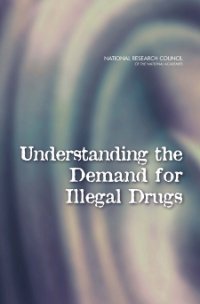By Celina Realuyo
The illicit drug trade in the Americas has been evolving and expanding from plant-based narcotics like cocaine, heroin and marijuana to potent synthetic substances like fentanyl and methamphetamine. Since the 1980’s, the U.S. war on drugs focused on countering cocaine trafficking that made the Colombian and Mexican cartels immensely wealthy and powerful. Over the past decade, U.S. narcotic consumption has shifted significantly from cocaine to opioids and methamphetamine, resulting in an unprecedented opioid epidemic with 72,037 drug overdose deaths recorded in 2017 according to the Centers for Disease Control and Prevention. Meanwhile, Mexican cartels are increasingly trafficking opioids and synthetics to respond to market changes in the U.S. The atomization of large cartels and increased competition to dominate trafficking routes resulted in record levels of violence in Mexico with 29,111 homicides registered in 2018. The October 17, 2019 failed Mexican government operation to capture one of El Chapo Guzman’s sons demonstrated how the Sinaloa cartel outgunned Mexican security forces and terrorized the city of Culiacan for hours. This paper will examine the evolving drug trade across the Americas from plant-based to synthetic drugs, the role of the Darknet as a force multiplier for the narcotics market, and U.S. and Mexican national and international efforts to address the dynamic drug trade and associated violence. Narcotics trafficking continues to be the most lucrative illicit activity in the world and is increasingly adapting and leveraging cyberspace. Drug demand changes are impacting the U.S. and Mexican security in different but equally concerning ways. As cocaine production in Colombia reaches its highest levels in history consumption in the U.S. is falling. As a result, cocaine traffickers are seeking new markets as far as Asia and Europe. Meanwhile, heroin use in the U.S. has spread across suburban and rural communities and socioeconomic classes with over 90% of heroin in the U.S. originating from Mexico. Potent synthetic opioids like fentanyl have become more prevalent and popular in the U.S. resulting in the tragic opioid crisis. Mexican cartels are increasingly involved in heroin, fentanyl and methamphetamine trafficking into the U.S. and becoming more formidable. The U.S. and Mexico need to better understand this shift in narcotics demand and the corresponding modifications in the production, marketing, distribution and consumption aspects of drug trafficking. As narcotic offerings diversify and the Internet plays a more critical role in drug trafficking, these changes are affecting public health and security in the U.S. and Mexico. Both governments must strive to design timely responses to reduce demand, increase treatment, and improve supply reduction strategies through increased interagency and international cooperation as narcotics trafficking has increasingly adapted to new trends and enforcement efforts.
Washington, DC: Wilson Center, Mexico Institute, 2020. 16p.




